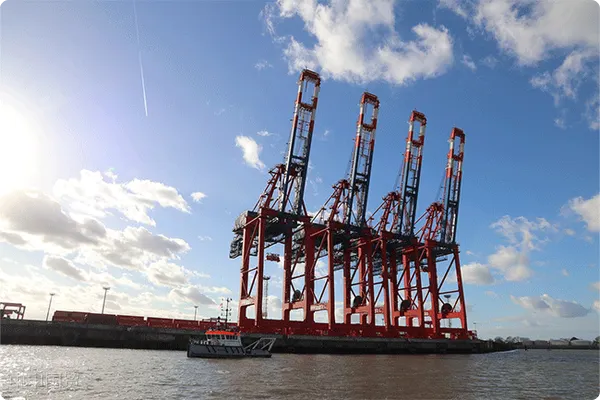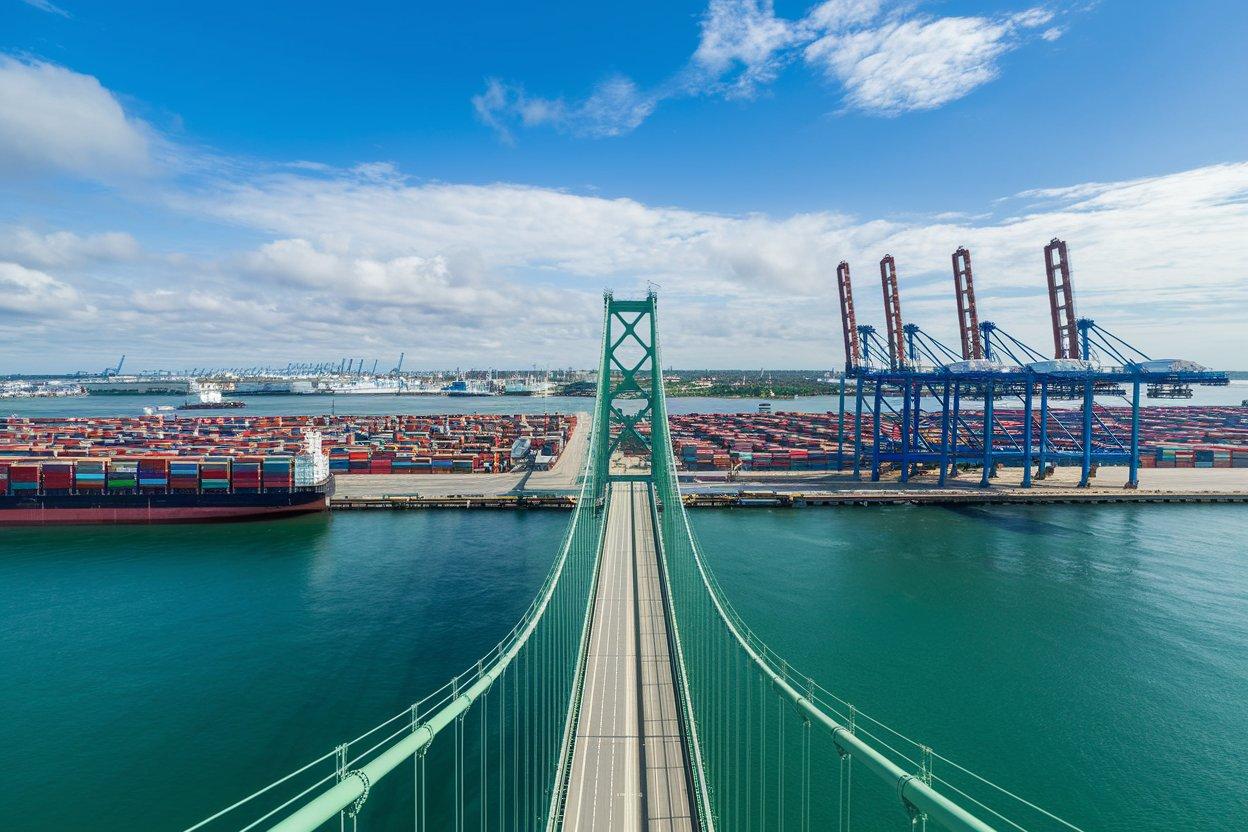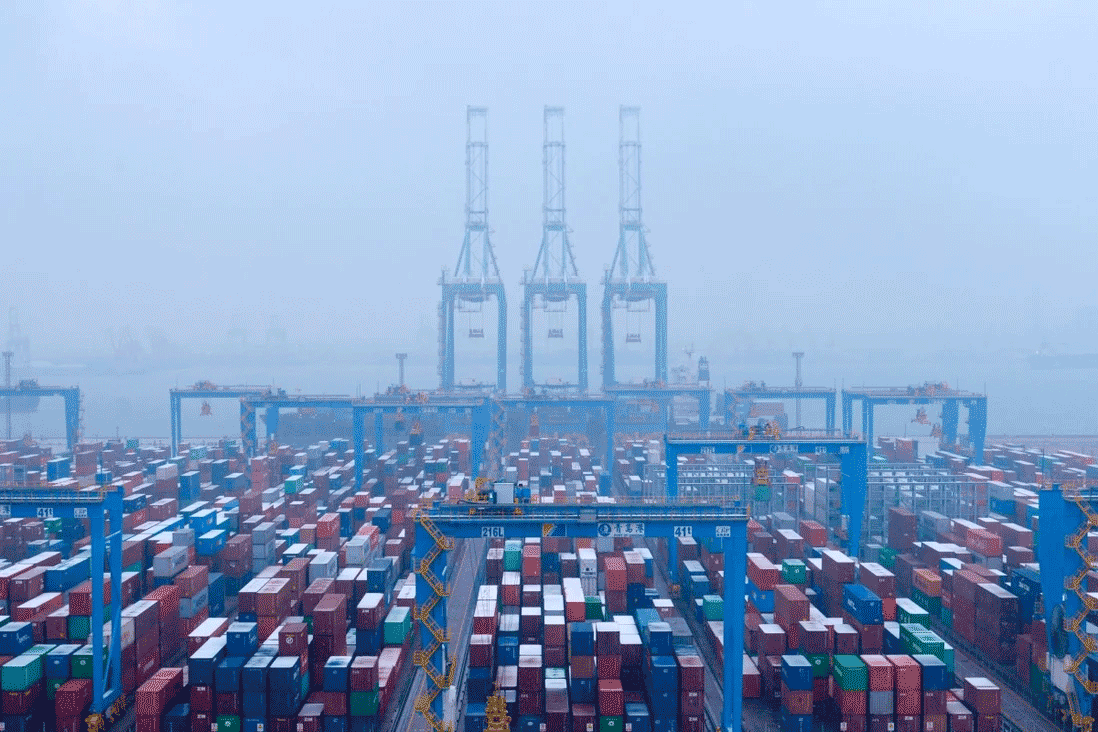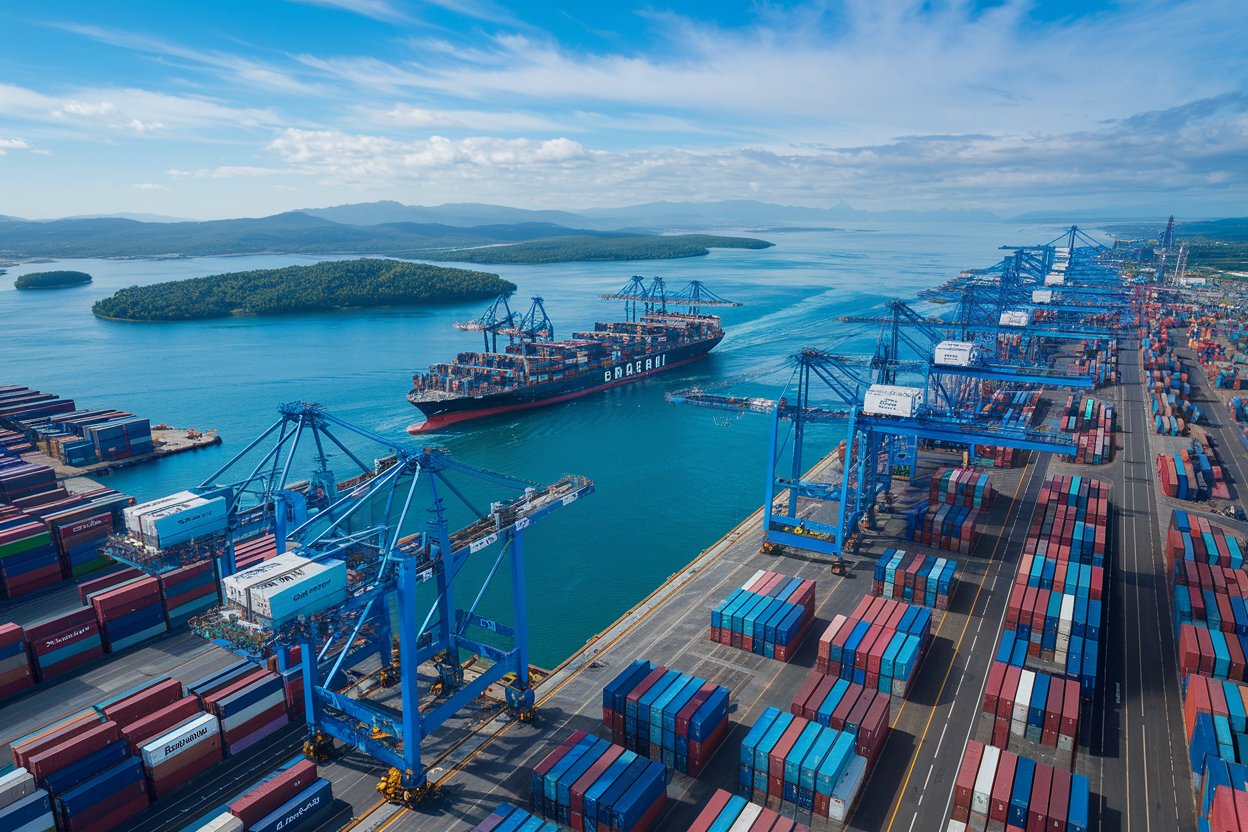- Shanghai Zhongshen International Trade Co., Ltd. - Two decades of trade agency expertise.
- Service Hotline: 139 1787 2118
Home » Trade Essentials » How to Operate Ocean Freight Export Agency? Authoritative Answers to Common Questions

1. How to Choose a ReliableMaritime TransportationExport RepresentationA professional agency company should have the following characteristics:
When selecting a shipping agent, the following key factors should be carefully evaluated:
- : Customs AEO certification, Class A foreign exchange management enterprises: Check NVOCC qualification, FIATA membership, and Customs AEO certification
- Service network:
- Capacity guarantee for main route cabins (especially the newly added RCEP routes in 2025)
- Port of Destination Agent Coverage
- Pricing transparency: Please provide a detailed cost breakdown (ALL-IN quote including document fees, terminal handling charges THC, etc.)
2. What are the key nodes in the standard ocean export operation process?
The typical operational process is divided into seven stages:
- Booking Authorization (Requires Provision ofCommercial invoice, packing list, draft customs declarationTrade dispute settlement mechanisms
- Container allocation (special attention to the intelligent container tracking system to be implemented in 2025)
- Port loading (a 2-hour buffer period must be reserved before the port cutoff time)
- Customs Declaration (The "Advance Declaration" model will be fully implemented starting from 2023)
- Bill of Lading Issuance (Original/Telex Release to be Linked with Payment Terms)
- Customs clearance at the destination port (confirmation required whether the agent provides DDP service)
- Signing Confirmation (It is recommended to retain logistics proof for at least 12 months)
3. What are the main components of ocean freight costs?
Example of Typical Fee Structure for 2025:
- Basic fees:
- Ocean freight (priced by container type, approximately $3500 for 40HQ)
- Terminal Handling Charge (THC approximately ¥750/container)
- Additional Charges:
- Bunker Adjustment Factor (BAF fluctuates according to IMO 2023 new regulations)
- Peak Season Surcharge (PSS usually takes effect in Q4)
- Document Fee: Bill of Lading fee, AMS/ENS declaration fee (approximately $35 for US/Europe routes)
IV. How to Avoid Common Risks in Ocean Shipping?
Recommendations based on industry data analysis for 2023-2025:
- Prevention of Cargo Damage:
- Purchase comprehensive insurance (recommended coverage increase by 10%).
- Fragile goods must undergo third-party inspection.
- Time - effect control:
- Choose direct routes (the delay rate at transshipment ports is as high as 23%).
- Monitor port congestion alerts (refer to real-time data from the Shanghai Shipping Exchange).
- : Ensuring that trade activities comply with the technical standards and trade agreements of the target country: The HS code declaration error must be controlled within 3%.
5. What core documents are required for ocean export?
Essential Documents Checklist:
- Commercial Invoice (must indicate trade terms, such as FOB Shanghai)
- Packing List (Gross Weight Must Match VGM Declaration)
- Shipping Order (including complete registration information of SHIPPER)
- It is recommended to verify through the following methods:(especially countries enjoying tariff preferences)
- Special documents:
- Hazardous goods transportation requires MSDS + dangerous goods packaging certificate.
- Food items require a sanitary quarantine certificate.
6. What new services do shipping agents offer under the digital trend?
Innovative industry services for 2025 include:
- Blockchain Bill of Lading (can reduce document submission time to 72 hours)
- Intelligent Booking Platform (Real-time Quotation from 20+ Shipping Companies)
- Carbon Footprint Tracking (Compliant with EU CBAM Regulatory Requirements)
- AI Customs Declaration System (Declaration Accuracy Rate: 99.2%)
Related Recommendations
Learn
Get in Touch
Tel: 139 - 1787 - 2118
Email: service@sh-zhongshen.com
Email: service@sh-zhongshen.com
Related Recommendations
Contact via WeChat

? 2025. All Rights Reserved. Shanghai ICP No. 2023007705-2  PSB Record: Shanghai No.31011502009912
PSB Record: Shanghai No.31011502009912









